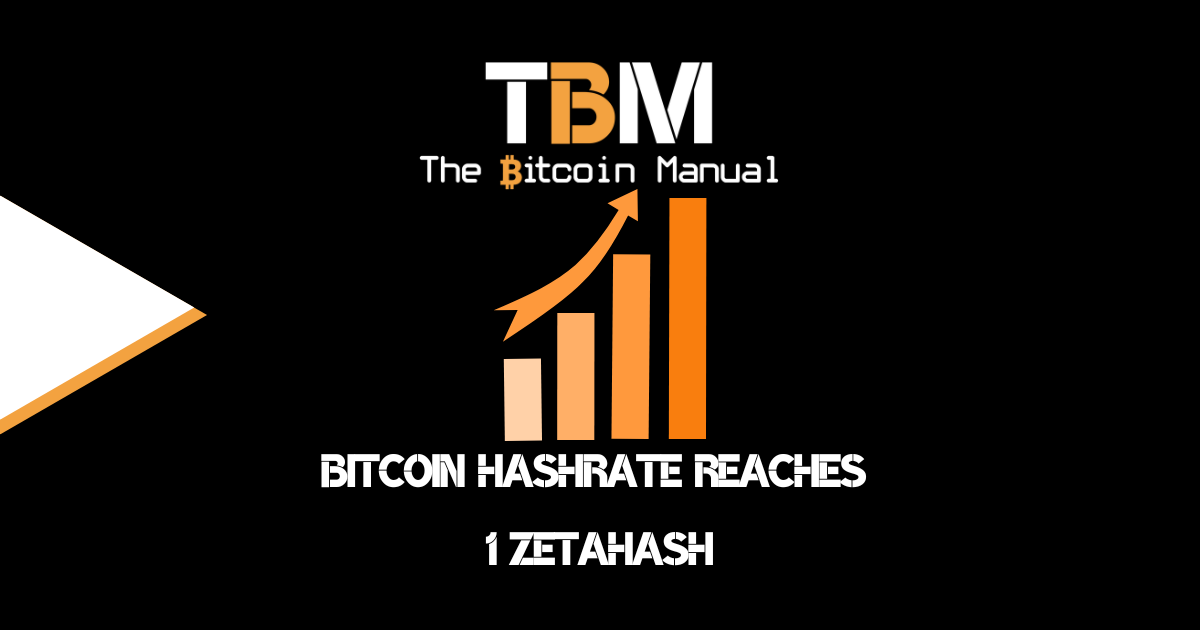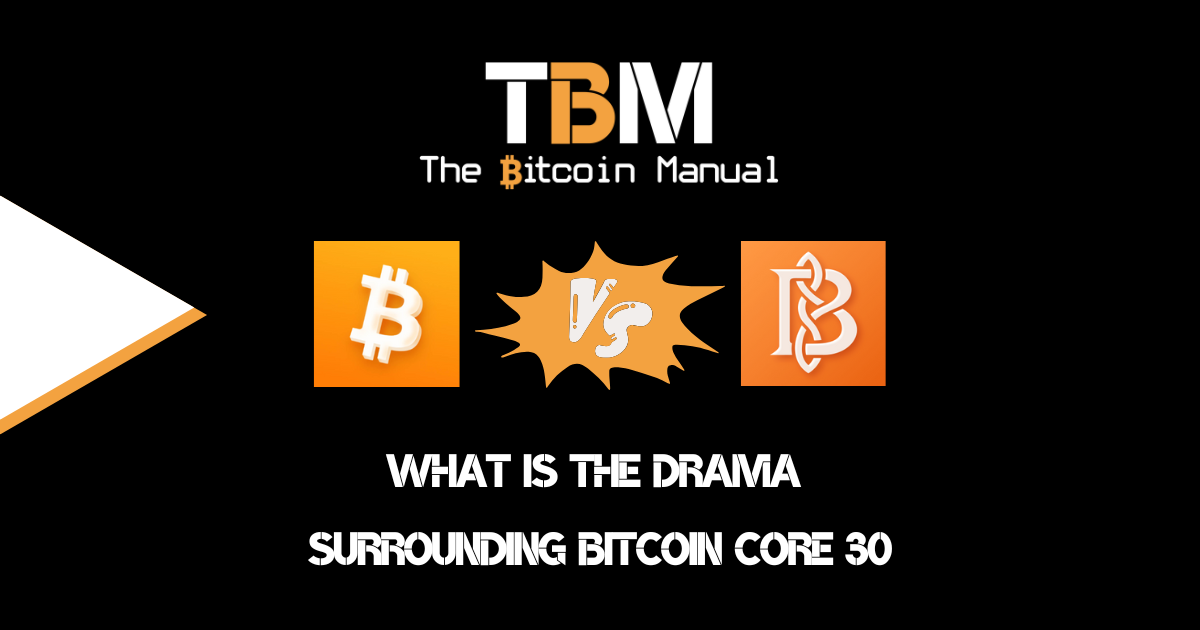I think we all understand the concept of savings; the idea ingrained in us by our parents. Instead of spending money, you preserve it for a future date to acquire something you’ve always wanted, something that is more valuable to you than that preserved capital.
Many of us have had our little piggy bank or coin jar collecting cash and having a visual and physical manifestation of our savings, but how many kids grow up with that practice and mental model these days.
These days kids have bank accounts and smartphones that have abstracted away from the meaning of savings. Yes, the practice remains the same. However, the impact it had on creating a generation of savers has lost its shine.
You can see this play out by the number of young kids looking to become “investors” and “traders”, no one wants to be a “saver” because, under a fiat system, savers are losers. They might not be able to articulate it, but their actions speak volumes. They realise to get ahead; you NEED to move further out the risk curve.
Not that many of these new investors understand the risk they are taking on, but that’s a story for another time.
Fiat saving failure.
When you save in fiat, you’re not increasing your purchasing power; you’re trying to increase the number of currency units you have to maintain a certain level of purchasing power. If the increase in money supply is higher than that of the amount of interest, you can secure it.
You’re still effectively losing purchasing power despite the number of currency units you see adding to your bank account each month. We’ve become accustomed to the idea that saving means more units at the end of each month or each year.
The fiat system has forced us to take more risks with our money. The fact that you cannot save effectively without the assistance of a bank or financial institution speaks volumes. Previous generations where inflations effects weren’t as noticeable, or those under hard money could save in a persona capacity.
That’s where the phrase keeping my money under my mattress comes from; people were able to hold their capital and save material amounts of wealth by themselves.
The idea of saving versus reality.
Many still believe that banks operate with our capital to make money when the truth is they have credit creation ability that provides them with considerable margins. In most cases, your bank is running on a fractional reserve system.
So for every one unit of currency they hold, they can effectively generate ten times as much in new currency to borrow to other clients. Your yield isn’t coming from the fact that they’re effectively using your money to generate returns by lending to cash flow generating activities in the economy.
This is a lie; they are using your money as an anchor to generate more credit and share some of that interest they charge on that capital creation.
This is your return.
If your return is coming from additional capital creation, then, in theory, you’re more likely to have a negative return.
Fiat savings AREN”T savings at all; they’re simply giving the banks more margin to create more currency units.
Applying fiat savings tools to Bitcoin.
Now we are all familiar with handing over our money to a third party, and in return, they provide us with an income. In Bitcoin, however, there is a considerable amount of risk. Deposits are often not insured, and if any mistakes happen in regards to the handling of their coin storage to that businesses solvency comes into question.
You probably have very little recourse.
If a bank run should happen, it’s first come, first serve and since you cannot print more Bitcoin out of thin air, there is no bailout to make you whole. Not that anyone is made whole in real terms by fiat bailouts anyway, but you still get the currency units, so you’ve been made complete in nominal terms.
Additionally, your coins aren’t being leant out to any productive capacity like capitalising businesses or funding acquisition of assets. Instead, it’s most likely used by traders who leverage up their accounts to try and generate a high-risk yield.
So your yield is coming from highly speculative trading and taking on risks with your coins. So you’re not only taking a risk with the service you’re using but also the risk of the firm borrowing the coins from your provider.
Beware of the risk in “Bitcoin savings.”
When you’ve become so accustomed to taking a risk when you still have a high time preference, you tend to feel that Bitcoins NGU technology isn’t working as fast as you would otherwise want for your capital investment.
I get it; you want to earn more of that “passive” income, or so you’ve been pitched by these CEFI, DEFI or exchange services. The fact is most of these yield generating products are anything but a savings account.
You are taking on a considerable amount of risk to gain that 2% – 6% on your Bitcoin deposit. They may call it savings, but this is all a PR or marketing term and is anything but savings.
Don’t be fooled.
This is an active investment strategy and should be treated as such.
Why Bitcoin hodling is actual saving.
When you hold Bitcoin in a cold storage device where only YOU have access to the coins, this is real saving in action. You are still benefitting from Bitcoin’s compound growth each year, but you’re not taking any counterparty risk.
The more Bitcoiners who control their funds, the harder it is to acquire any reasonable amount of Bitcoin. The harder it becomes, the more attractive the yields become to entice you to part with your Bitcoin.
I am not telling you what to do with your Bitcoin; it’s yours to do with as you please. I would only encourage you to reconsider the value of the potential yield versus the value of your total stack. In the fiat system, it pays to risk it all, but with Bitcoin.
It would help if you learned to be more cautious.
Sure it’s okay to take a risk with some part of your stack; perhaps it’s trading, CEFI or DEFI, but risking your entire stack you worked so hard to acquire would be crazy, in my view.
The higher Bitcoin’s price, the harder it becomes to require a position should you lose it. If you are a yield chaser, you should take a more measured approach to your investing versus your savings.
Savings are not saving if you’re taking on risk; the risk-free rate is what savings are, and taking the risk-free rate is securing your Bitcoin in cold storage.
Bitcoin is the only money that allows you to save effectively at any value, and that’s probably why it seems so foreign to most of us.





One Response
Yeah definitely don’t risk your entire Bitcoin stack in a 3rd party account, especially for earning platforms, even if they are decentralised/p2p. The ~200% annual growth rate should be enough to convince people to just sit on their stack in cold storage and remove the temptation to do anything unnecessary with it.